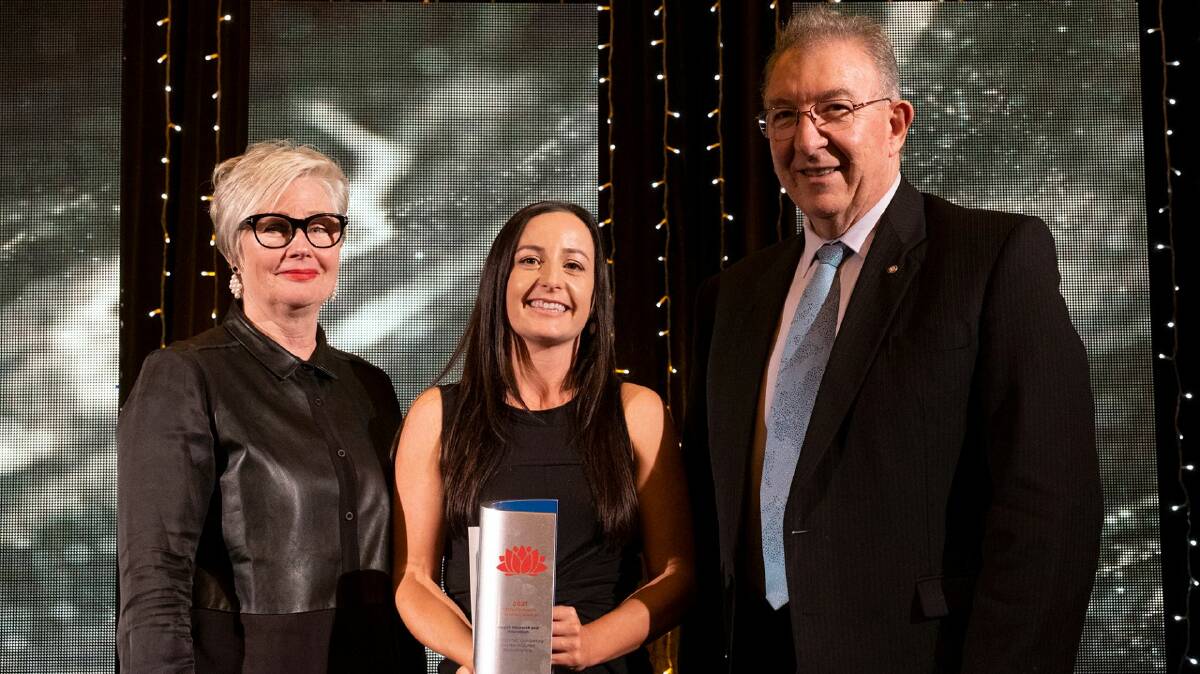
PROLONGED bed rest in hospital can cause problems for patients - but a local program on the Mid North Coast called 'GET MOVING' is helping to combat this challenge.
Subscribe now for unlimited access.
or signup to continue reading
The GET MOVING program was developed by Charles Sturt University (CSU) alumna and Port Macquarie Base Hospital physiotherapist Elise Jenkins and includes education, environmental cues and staff training.
It is aimed at reducing hospital-acquired physical 'deconditioning', which starts about 48 hours after prolonged bed rest and can have serious consequences.
The results from the initial program are positive:
- Bed rest was reduced by 93 per cent
- Sitting was increased by 32 per cent
- Walking increased by 62 per cent
- Falls reduced by 83 per cent
- Functional independence scores increased by 78 per cent
- Readmission rates fell by 82 per cent.
Now a study into the effectiveness of the program has also won accolades.
Allied health researchers and students at CSU are celebrating after their study on the Mid North Coast Local Health District (MNCLHD) program won an award.
The researchers collaborated with the MNCLHD to conduct research on the effectiveness of its 'GET MOVING' program, which aims to combat hospital-acquired 'deconditioning'.
The joint research project was awarded one of the MNCLHD's 2021 Innovation Awards, which recognises the outstanding efforts and achievements of individuals and teams who drive and support health research opportunities.
The award was presented to the researcher team by the deputy chair of the MNCLHD Governing Board, Neville Parsons.
Strategic Professor in the School of Community Health, Gail Whiteford, said the award recognises an outstanding collaboration between the university and MNCLHD to improve health outcomes in the region.
"The GET MOVING program is an exceptional program and the research Charles Sturt University has conducted proves just how effective it is," she said.
"This award is a win for both organisations and of course, our students, whom we could not have conducted this research without.
"They were amazing - they were at the hospital every day over the project's two-month long data collection period - watching and interacting with the patients and monitoring their movements."
Physiotherapist Elise Jenkins said the study's focus was to prove the effectiveness of the program.
"We understand the power of movement and wanted to introduce that as a whole ward, all-staff approach - and we have seen it work," she said.
Also making the news:
Our journalists work hard to provide local, up-to-date news to the community. This is how you can continue to access our trusted content:
- Bookmark our website
- Make sure you are signed up for our breaking and regular headlines newsletters
- Follow us on Twitter: @macleayargus
- Follow us on Instagram: @macleayargus

